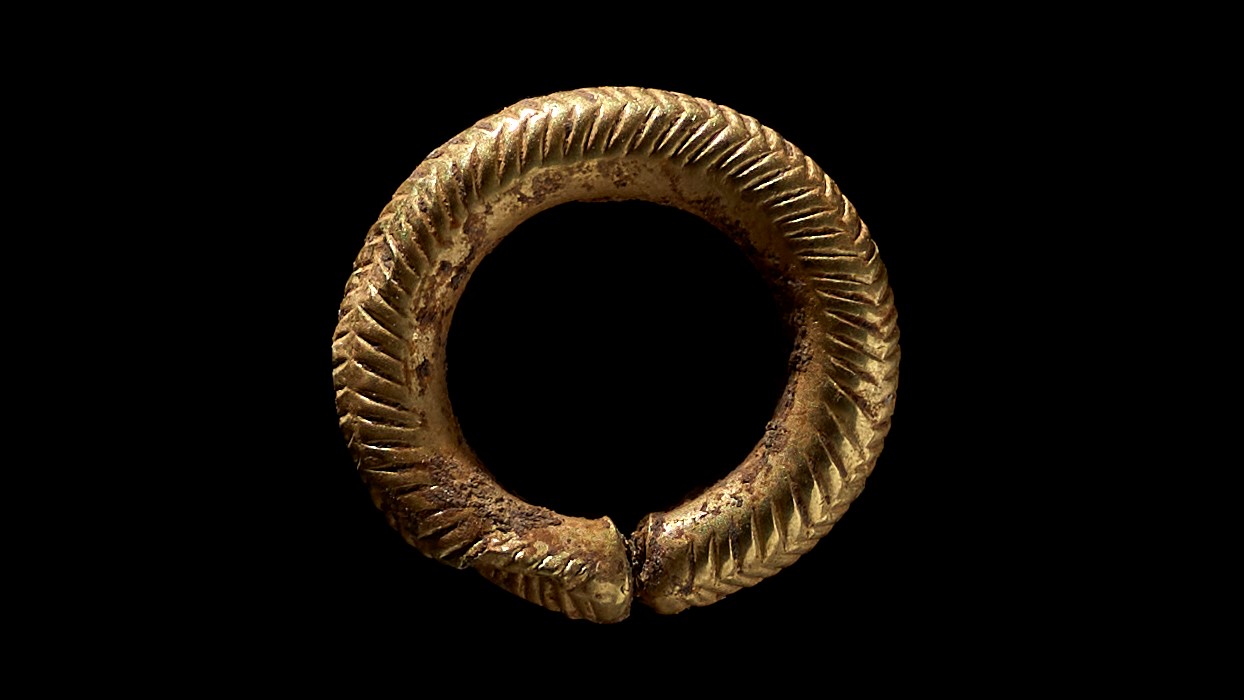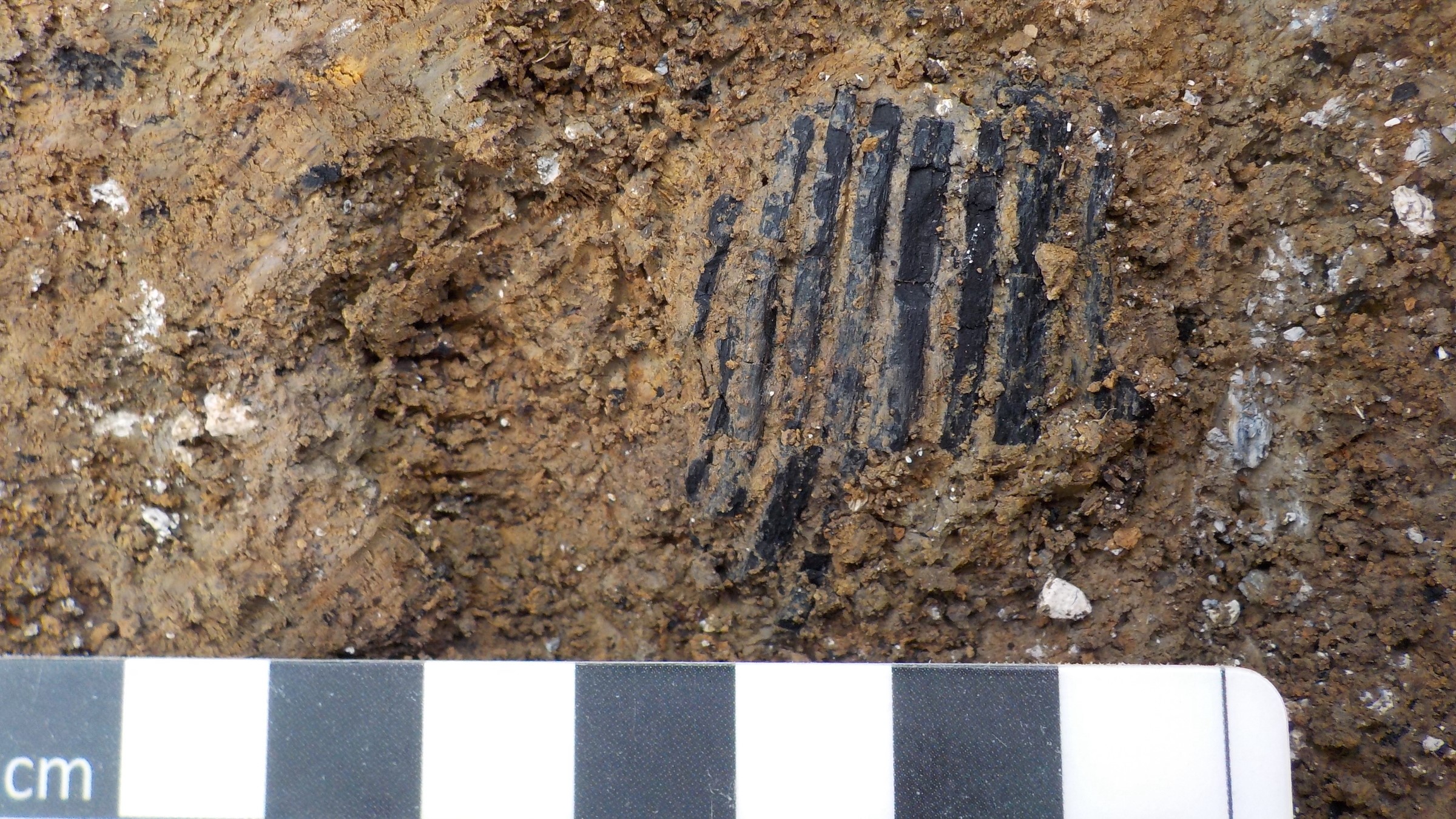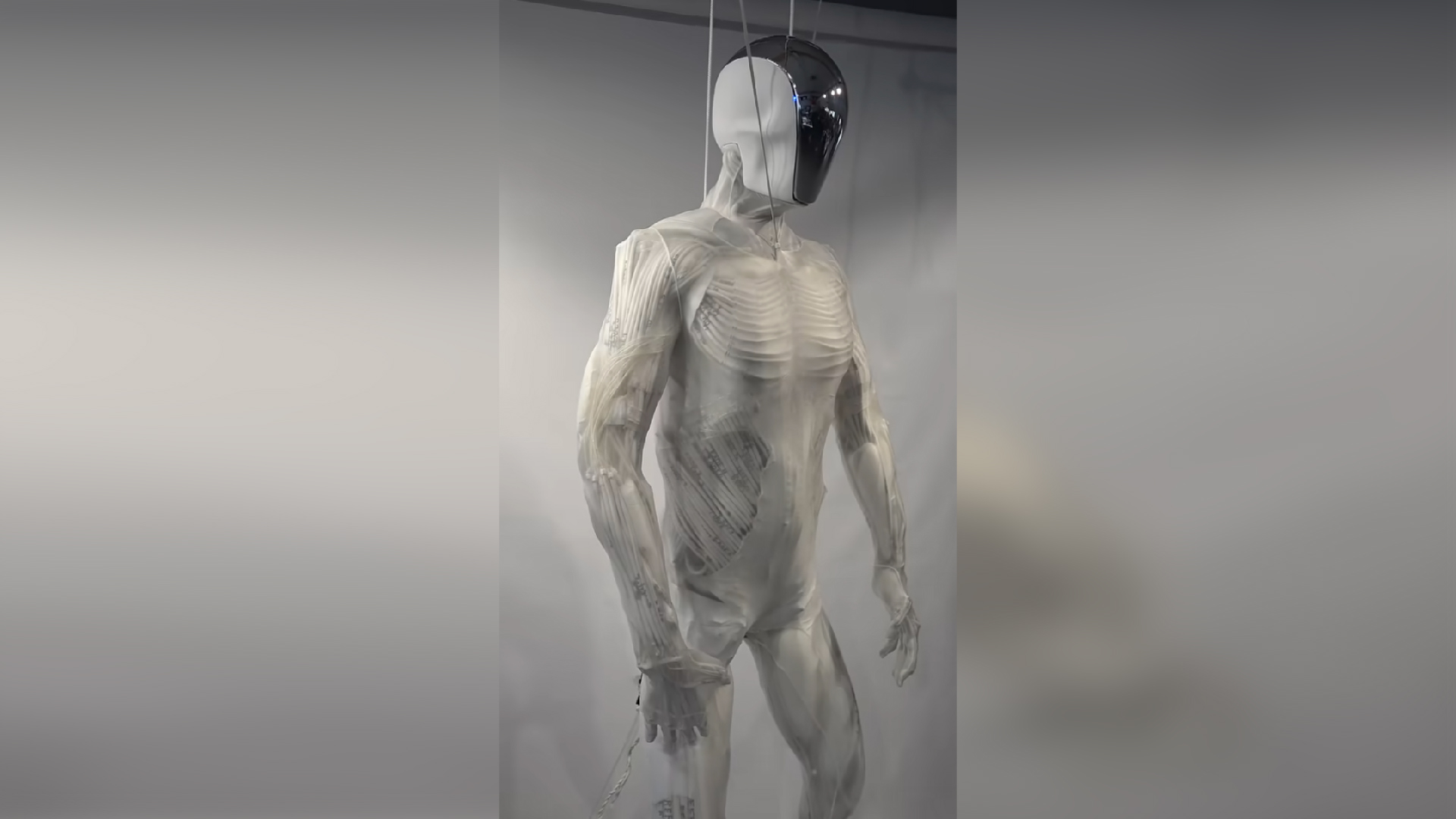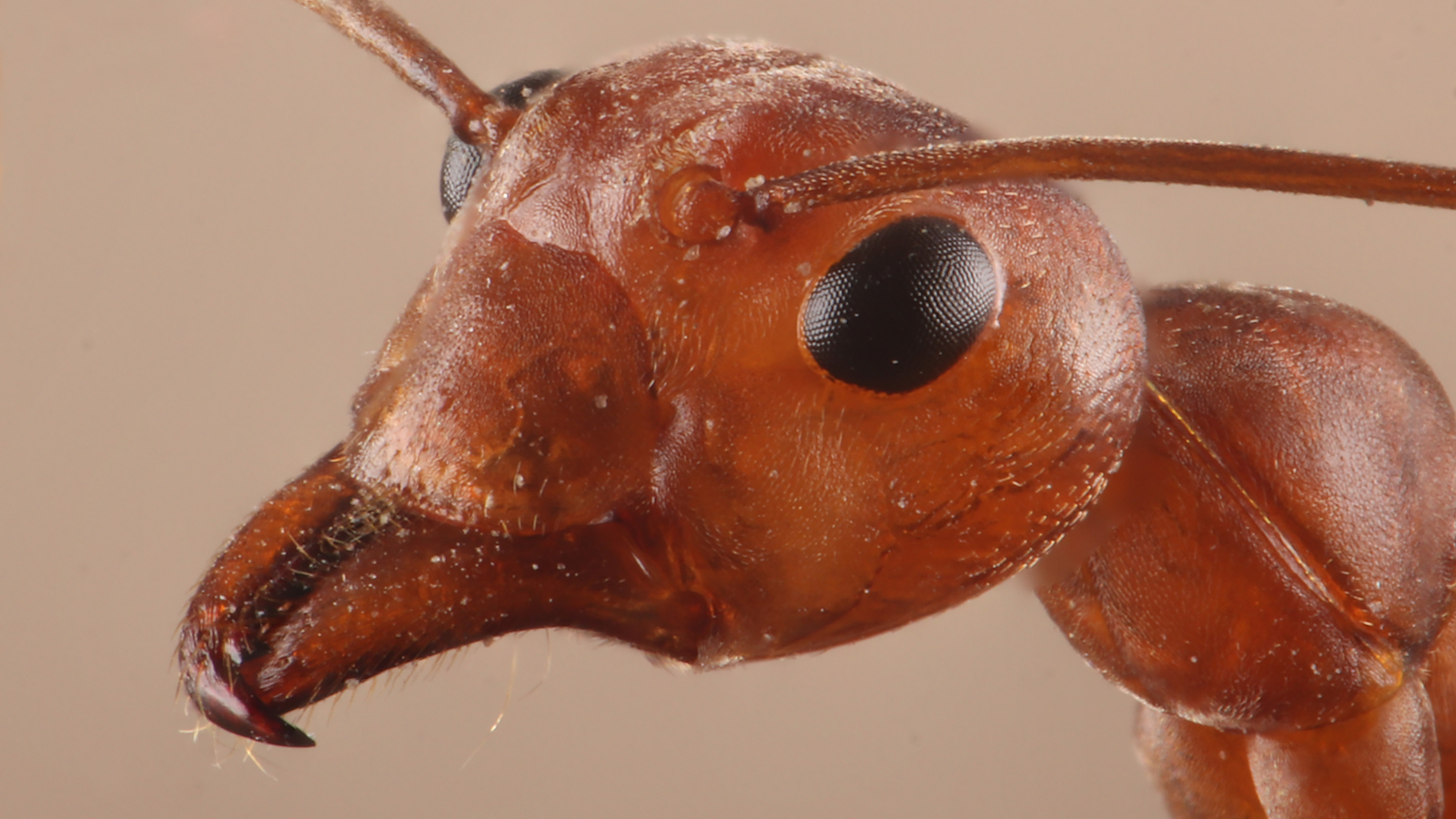'Eye-catching' gold hair ring and Britain's oldest wooden comb found in Bronze Age burial
The 3,000-year-old objects, which were discovered in a burial pit containing cremated human remains, highlight Bronze Age people's craftsmanship and attention to appearance, experts say.

Archeologists in Wales have unearthed a glitzy, golden hair-ring and the oldest wooden comb ever found in the U.K. from a roadside burial pit dating back to the Bronze Age.
The pit contained the 3,000-year-old remains of a person who was cremated with the glamorous artifacts, which may have facilitated the "extremely rare survival" of the comb as charcoal, according to a statement.
"The gold ring is obviously the most eye-catching object to accompany the cremation," Dave Gilbert, project excavator and the director of operations at Red River Archeology, a U.K.-based archaeological firm, said in the statement. "However, the most important artifact is what may at first glance seem the more mundane: the wooden comb, which is a find without parallel in Wales, if not the U.K."
Eight narrow teeth remain on the comb. Wooden and other organic artifacts usually decompose rapidly in soil, but the fact that the comb was burned during the cremation may have saved it from disintegrating completely.
Until now, the oldest wooden comb found in Britain was a small Roman accessory dated between 140 and 180 A.D. An undergraduate archeology student picked it up from the ground during a visit to Bar Hill Fort, a Roman ruin near Glasgow, in Scotland, in 1936.
The fine gold ring, which measures less than half an inch (1.1 centimeters) in diameter, displays an expertly crafted chevron and herringbone pattern and may have served to bedazzle hairstyles. In 2021, archeologists in Germany unearthed a similar hair ornament from a Bronze Age burial. At the time, researchers said the use of gold for the ring could indicate the high social status of the deceased.
Sign up for the Live Science daily newsletter now
Get the world’s most fascinating discoveries delivered straight to your inbox.

"The gold ring is a very early, well-made and small example of its type, offering new insight into the development of hair-rings as a form of early jewelry across Britain and Ireland," Adam Gwilt, the principal curator for prehistory at the Amgueddfa Cymru Museum Wales, said in the statement.
Mourners may have chosen these accessories, which date to the Middle Bronze Age (1300 B.C. to 1150 B.C.), as cherished objects to accompany the deceased into the afterlife.
The discovery highlights "the importance of these objects to the person buried with them," as well as "attention to detail and pride in appearance" paid by inhabitants of the Vale of Glamorgan region of southern Wales thousands of years ago, Gilbert said.
Archeologists discovered the burial pit during excavations ahead of a road construction project and removed the objects, as well as the cremated remains. An independent committee will estimate the value of the treasure before it joins the Amgueddfa Cymru's collections.
"This cremation burial, with its accompanying gold ring and wooden comb, gives us a glimpse of life and death in Bronze Age times," Gwilt said. "This grave is just one example of a much wider wealth of prehistoric burial evidences now being discovered across the Vale of Glamorgan."

Sascha is a U.K.-based staff writer at Live Science. She holds a bachelor’s degree in biology from the University of Southampton in England and a master’s degree in science communication from Imperial College London. Her work has appeared in The Guardian and the health website Zoe. Besides writing, she enjoys playing tennis, bread-making and browsing second-hand shops for hidden gems.










